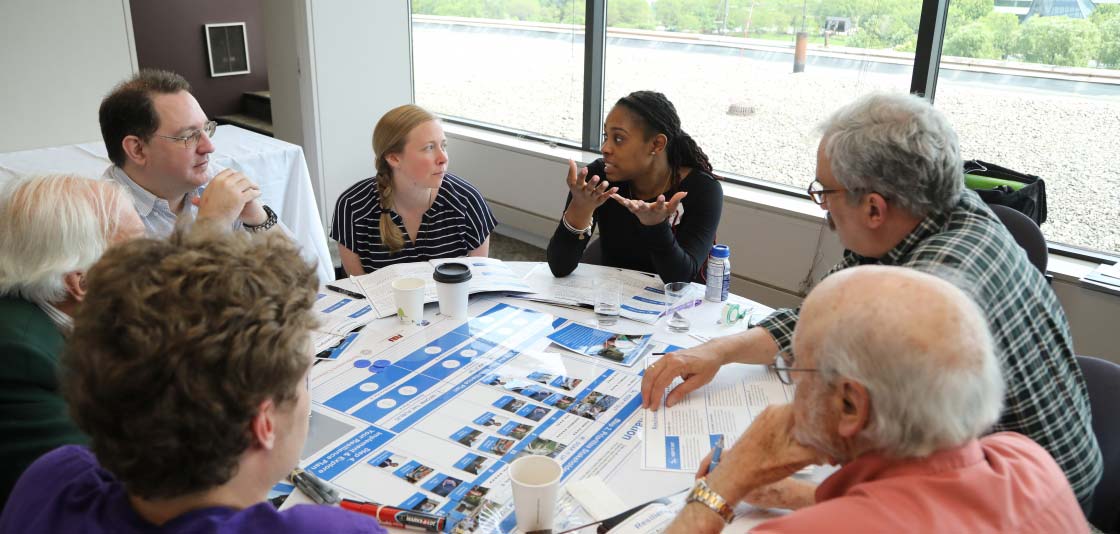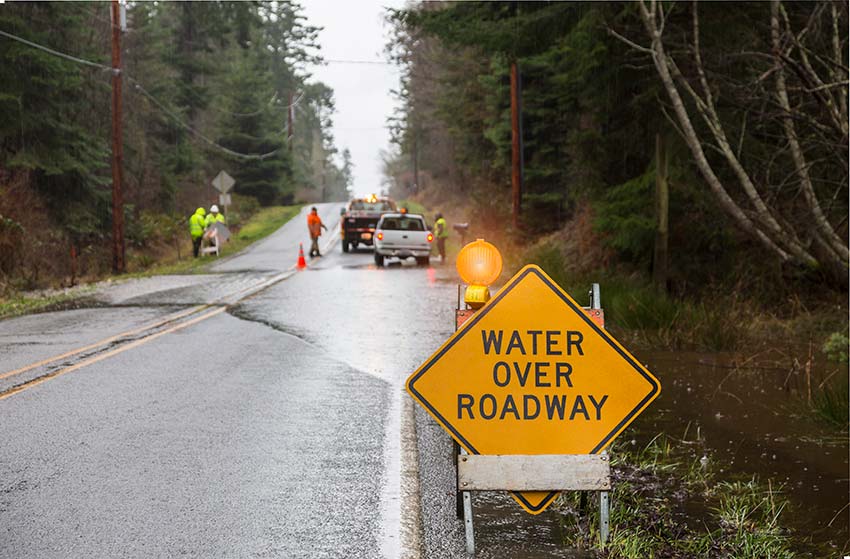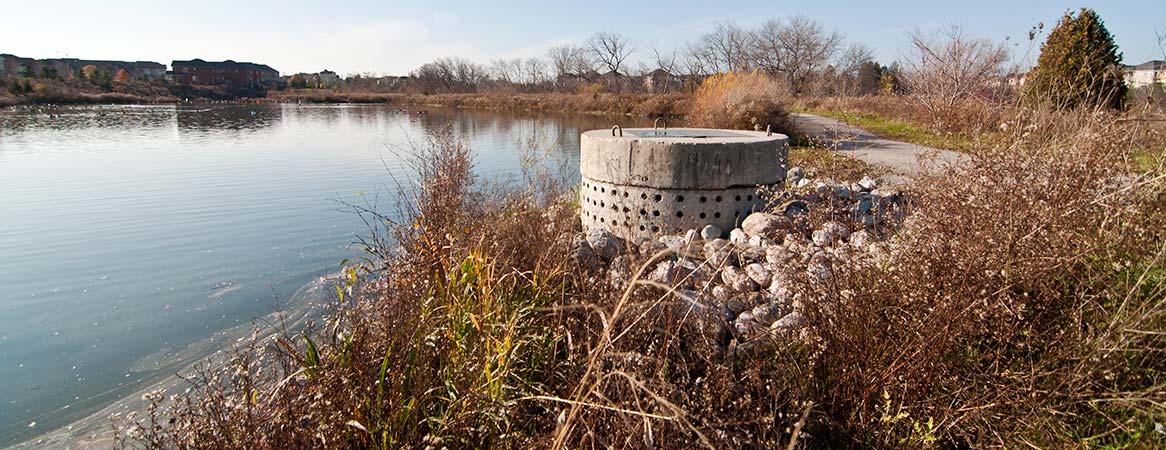Where Do I Start?
Planning is a good first step because the goals and outcomes that will emerge can set the stage for the other action areas. But in reality, you can explore the following actions in any order.
Before beginning, consider the following:
Timing
×- How soon do you need to act?
- How long will particular actions be effective in reducing flooding impacts?
- Are they short-term fixes or long-term solutions?
- What is the expected service life of new or retrofitted assets?
- What must be done in the near term to implement future actions?
- At what point should you reassess and potentially modify your strategy?
Spatial Scale
×- How widespread are the impacts of current and future flooding across the stormwater system?
- A few isolated areas or pockets?
- Particular neighborhoods?
- Across the entire community or regional watershed?
- Will the size or distribution of these impacts change over time?
- Which approaches work for the size and scope of the community’s particular problems today, and into the future?
Risk Management Approach
×- What is the community’s tolerance for flooding?
- How frequently and to what degree is the community willing to accept the adverse impacts of flooding?
- What strategy or combination of strategies reflect that risk tolerance?
- Is the goal to prevent any coastal flooding (the “hold back the sea” approach), live with some, or allow all and adapt land use, engineering design, and human behavior accordingly?
Adaptive Management
×- Successful strategies include the capacity to change as on-the-ground conditions change or new information becomes available.
- Which approaches provide adaptive capacity—that is, allow you to change your approach in response to new conditions?
- Are there ways to collect information or implement solutions incrementally, as part of the day-to-day operation and maintenance of community property?
- Are there short-term measures that have a cumulative impact over the long term?
Community Support
×- Do stakeholders understand today’s flooding problems and those expected in the future?
- Do they understand the benefits of proactive measures, and the costs of inaction?
- Do stakeholders, including private-sector representatives, have early and frequent opportunities to help identify and vet alternative approaches?
- Are there recent floods in adjacent communities or other events that can help overcome inertia or resistance to action?





